Can Mirrorless Camera Change Lens?
In the ever-evolving world of photography, the debate between mirrorless cameras and traditional DSLRs has been a hot topic for years. One of the most frequently asked questions by both amateur and professional photographers is whether mirrorless cameras can change lenses. The short answer is yes, but the implications and benefits of this capability are worth exploring in greater detail. This article aims to delve into the intricacies of lens interchangeability in mirrorless cameras, examining its impact on photography, the advantages it offers, and practical considerations for photographers.
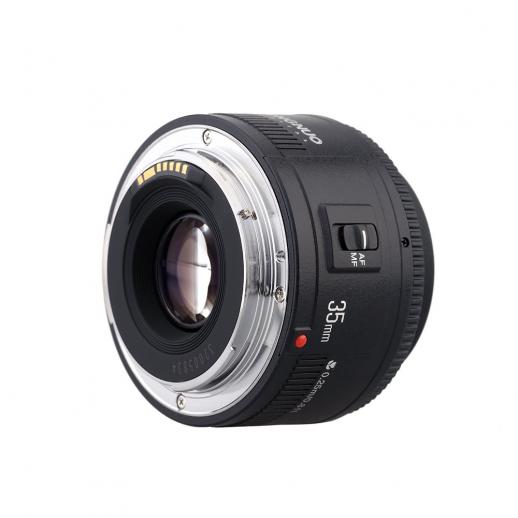
Understanding Mirrorless Cameras
Before diving into the specifics of lens interchangeability, it's essential to understand what a mirrorless camera is. Unlike DSLRs, which use a mirror mechanism to reflect light into an optical viewfinder, mirrorless cameras do away with this mirror system. Instead, they rely on electronic viewfinders (EVFs) or the camera's LCD screen to display the image. This design change results in a more compact and lightweight camera body, which is one of the primary reasons for their growing popularity.
Lens Interchangeability in Mirrorless Cameras
One of the standout features of mirrorless cameras is their ability to change lenses. This capability is not just a gimmick but a fundamental aspect that significantly enhances the versatility and performance of these cameras. Here are some key points to consider:
1. Diverse Lens Options
Mirrorless cameras support a wide range of lenses, from wide-angle and telephoto to macro and prime lenses. This diversity allows photographers to choose the best lens for their specific needs, whether it's landscape photography, portraiture, or sports photography. The ability to switch lenses means that a single camera body can be adapted to various shooting conditions and styles, making it a highly versatile tool.
2. Adapting DSLR Lenses
One of the concerns for photographers considering a switch to mirrorless systems is the compatibility of their existing DSLR lenses. Fortunately, many mirrorless cameras offer lens adapters that allow the use of DSLR lenses. While there may be some limitations in terms of autofocus speed and functionality, these adapters provide a bridge for photographers to transition smoothly without having to invest in an entirely new set of lenses.
3. Improved Image Quality
The ability to change lenses directly impacts image quality. High-quality lenses can significantly enhance the sharpness, color accuracy, and overall aesthetic of the photographs. Mirrorless cameras, with their advanced sensor technology and interchangeable lenses, offer photographers the tools to achieve professional-grade images.
4. Compact and Lightweight Lenses
Mirrorless camera systems often feature more compact and lightweight lenses compared to their DSLR counterparts. This is particularly advantageous for travel and street photographers who need to carry their gear for extended periods. The reduced size and weight do not compromise on quality, making mirrorless systems an attractive option for those who prioritize portability.
Practical Considerations for Photographers
While the ability to change lenses in mirrorless cameras offers numerous advantages, there are practical considerations that photographers should keep in mind:
1. Lens Ecosystem
When choosing a mirrorless camera, it's essential to consider the lens ecosystem of the brand. Some brands offer a more extensive range of native lenses, while others may have limited options. Researching the available lenses and their performance can help photographers make an informed decision.
2. Autofocus Performance
While many mirrorless cameras have made significant strides in autofocus technology, there can still be differences in performance compared to DSLRs, especially when using adapted lenses. Photographers who rely heavily on fast and accurate autofocus, such as sports or wildlife photographers, should test the autofocus capabilities of the mirrorless system with their preferred lenses.
3. Battery Life
Mirrorless cameras tend to have shorter battery life compared to DSLRs due to the constant use of electronic viewfinders and LCD screens. Photographers should be prepared with extra batteries, especially for long shoots or when traveling.
4. Learning Curve
Switching from a DSLR to a mirrorless system may involve a learning curve. The interface, controls, and shooting experience can differ, and photographers should be prepared to invest time in getting accustomed to the new system.
The ability to change lenses in mirrorless cameras is a game-changer for photographers, offering unparalleled versatility and the potential for superior image quality. This feature, combined with the compact and lightweight design of mirrorless systems, makes them an attractive option for a wide range of photography styles and applications. However, photographers should carefully consider the lens ecosystem, autofocus performance, battery life, and the learning curve when making the switch.
In summary, mirrorless cameras not only can change lenses but also excel in doing so, providing photographers with the flexibility to adapt to various shooting conditions and achieve their creative vision. As technology continues to advance, the gap between mirrorless and DSLR systems is narrowing, making it an exciting time for photographers to explore the possibilities offered by mirrorless cameras. Whether you're a seasoned professional or an enthusiastic amateur, the world of mirrorless photography awaits, promising innovation, convenience, and exceptional image quality.



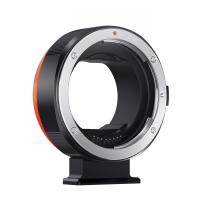

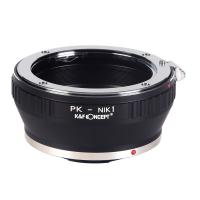
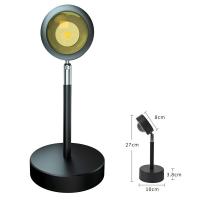
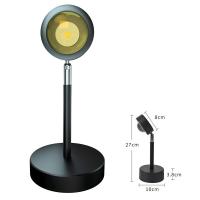
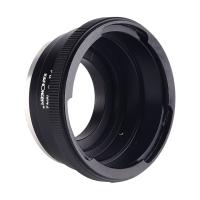
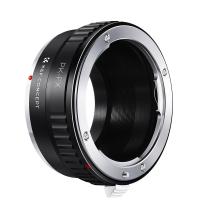

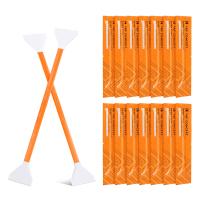

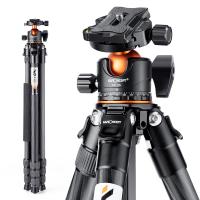
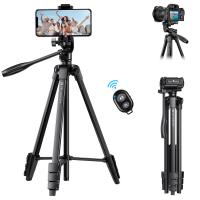




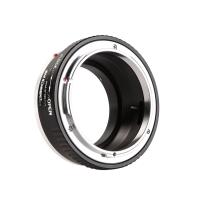

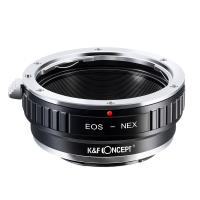
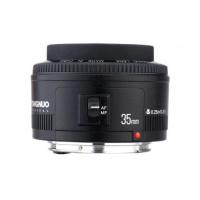
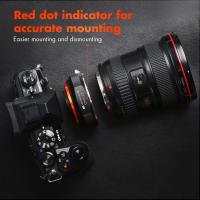
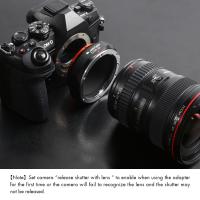

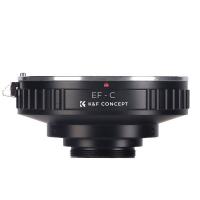
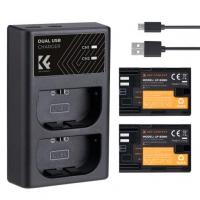




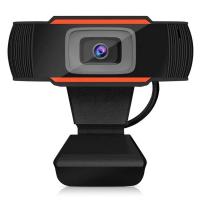
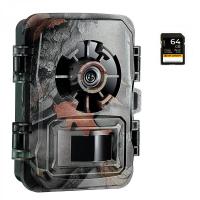


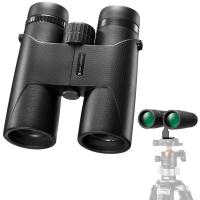





There are no comments for this blog.